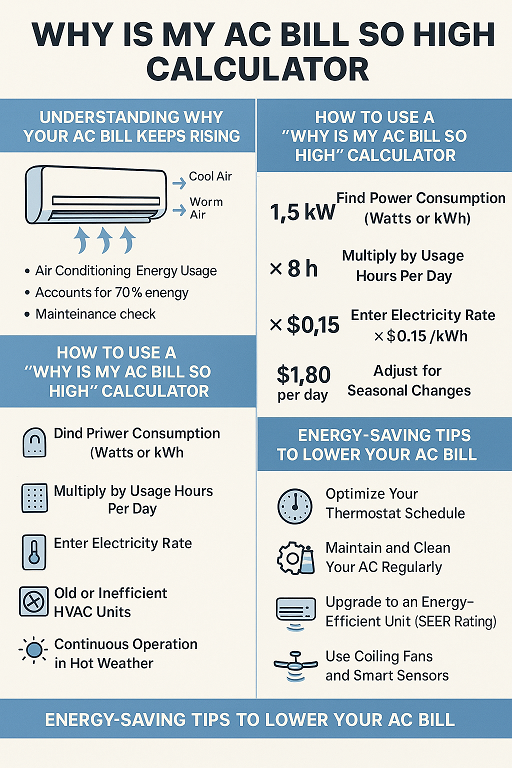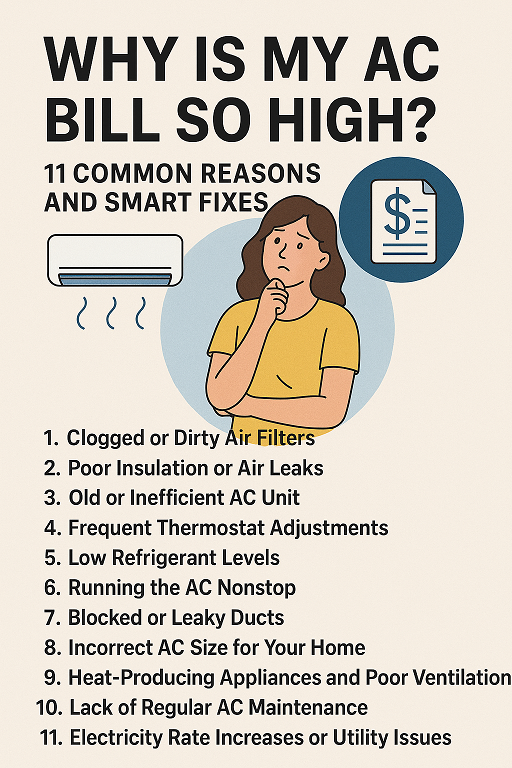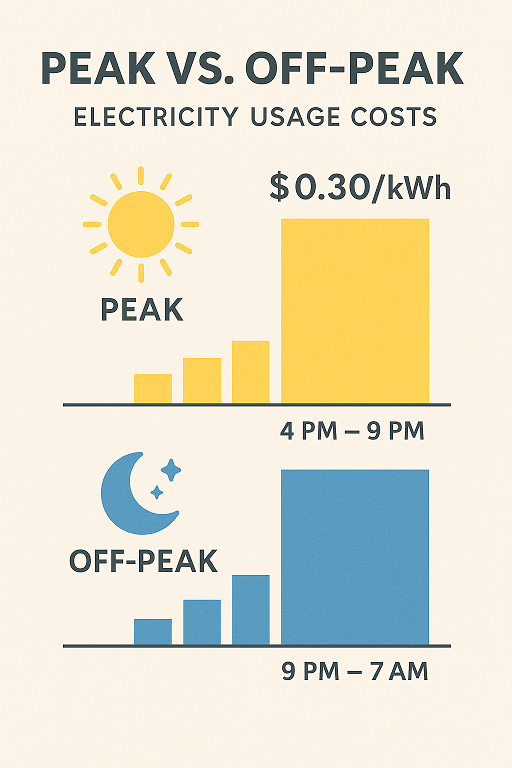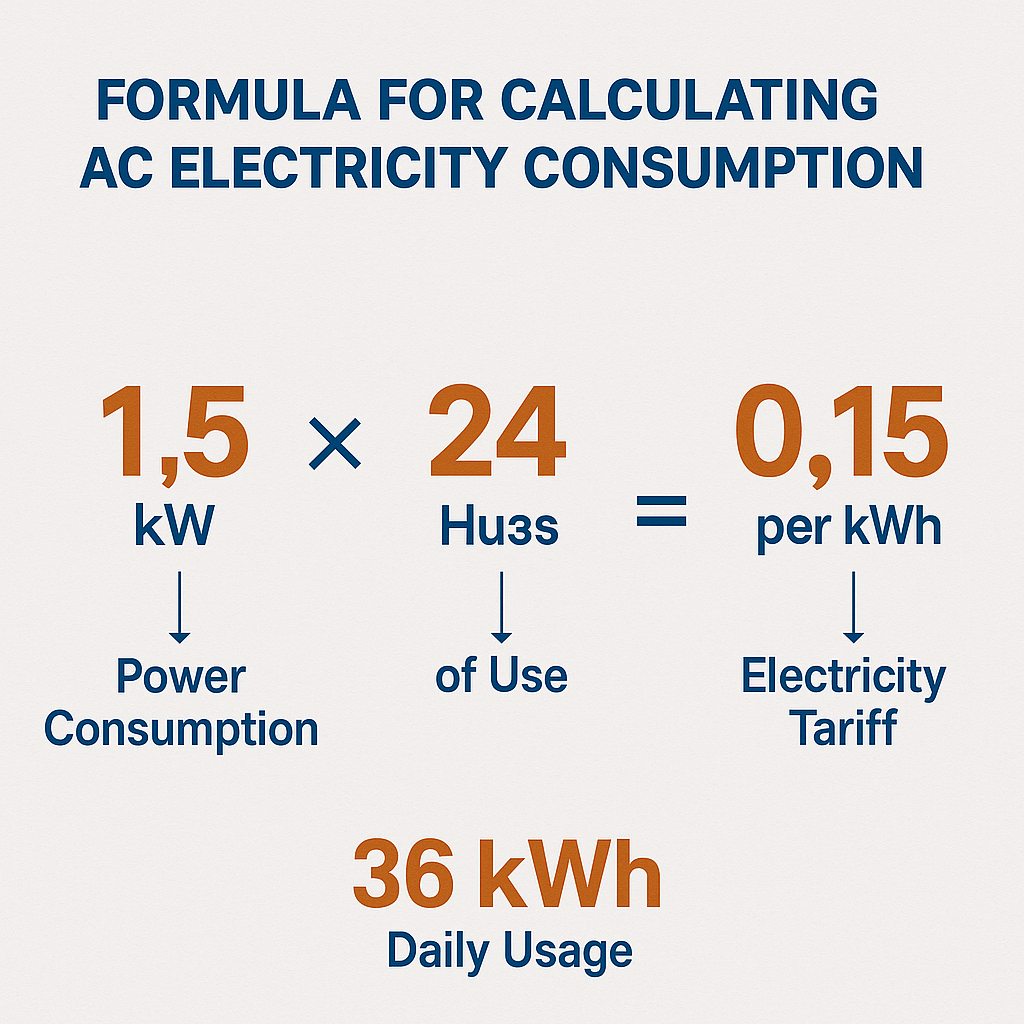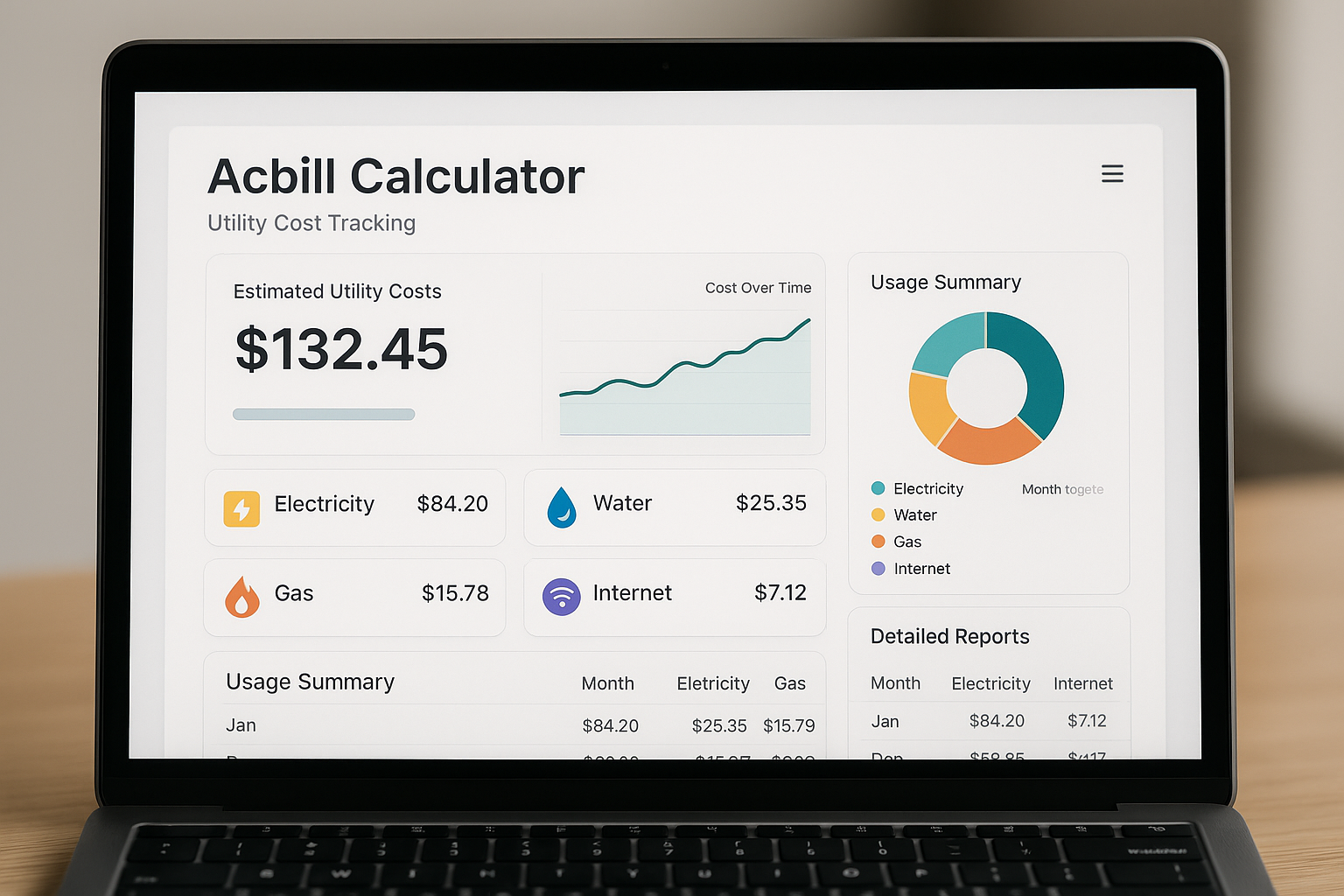
1.5‑Ton AC Electricity Cost Calculator
1.5‑Ton AC Electricity Cost Calculator (Real Examples)
If you are in a hot region, air conditioning is important for comfort. Assuming you own a 1.5 ton AC system, you may want to know about the electricity consumption of a 1.5 ton AC and its impact on your electricity bill. Knowing about it will help you control your energy costs and save money as well. In this article, we will analyze electricity consumption, the real-life cost implications, some factors that affect electricity consumption, and give tips on how to reduce electricity consumption without spending a lot.
What Is 1.5 Ton AC Power Consumption?
Before we jump into the cost calculation, it's important to know what this 1.5 ton thing means when it comes to air conditioners. Tons are a measure of cooling capacity. One ton of cooling = 12,000 British Thermal Units (BTU)/hour. Therefore, a 1.5-ton AC has a cooling capacity of 18,000 BTU/hour.
However, electricity consumption is measured in kilowatts (kW) or units (kilowatt-hour, kWh). Typically, a 1.5 ton AC consumes 1.2 kW to 1.5 kW of electricity per hour while running, but this varies depending on efficiency and usage conditions.
How AC Units Consume Electricity
The power demand of an AC unit is mainly determined by two components, and these include the compressor and the fan motor. The compressor consumes the most power because it compresses the refrigerant to compress the air. The fan motor consumes relatively less power to circulate the air.
When the AC is turned on, it uses more power (starting power) than running power. Once turned on, the unit turns on and off according to the thermostat setting and the room temperature.
How to Calculate Electricity Cost for a 1.5 Ton AC
To estimate your electricity cost, you need to know:
- kW of power consumed
- Hours used
- Electricity tariff (kWh price)
Formula:
Electricity Cost = Power Consumption (kW) x Hours Used x power Charges (per kWh)
Example: Consider you have 1.5-ton AC that consumes 1.4 kW, and operates at 8 h a day and the rate of electricity is 7 paisa/kWh:
Cost = 1.4 × 8 × 7 = ₹78.4 per day
Example Scenarios: Real Cost Calculations
Scenario 1: Moderate Use (8 hours daily, ₹7/kWh)
- Power: 1.4 Kw
- Hours: 8
- Cost: ₹78.4 / day
- Monthly Bill: ₹78.4 * 30= ₹2,352
Scenario 2: High Use (12 hours daily, ₹7/kWh)
- Power: 1.4KW
- Hours: 12
- Cost : ₹117.6 per day
- Monthly charge: ₹117.6 x30= ₹3,528
Scenario 3: Efficient Use (6 hours daily, ₹5/kWh)
- Power: 1.2 kW
- Hours: 6
- Cost: ₹36 per day
- Monthly Cost: ₹36 × 30 = ₹1,080
Effect of Star Rating on AC Power Usage
The star rating on an AC indicates how energy efficient the AC is, as rated by the Bureau of Energy Efficiency (BEE). A 5-star AC consumes significantly less electricity than a 3-star or 1-star AC.
For example, a 5-star 1.5-ton AC may consume 1.2 kWh, a 3-star 1.4 kWh and a 1-star 1.2-1.7 kWh. Such changes can have a significant impact on your electricity bill in the long run.
Impact of Thermostat Settings on Electricity Use
The temperature of the thermostat also affects the electricity consumption. The colder it is, the more your AC will work. Healthy comfort and energy efficiency can be achieved by adjusting your thermostat to 24-26 degrees.
One degree lower temperature may raise electricity consumption by around 6-8 per cent, so do not control the temperature gratuitously low.
Other Influencing Factors
- Insulation: Rooms that are not well insulated lead to the ACs having to run a significant time.
- Room Size: The bigger the rooms the greater is the cooling capacity required.
- Maintenance: Dirty filters and reduced refrigerant performance reduce.
- Usage pattern: A lot of switching on and off may utilize more power.
Energy-Saving Tips for 1.5 Ton AC Units
- Clean filters on a regular basis and have servicing.
- The use of a programmable timer should be deployed to restrain running times.
- Do not leave doors/windows open and have the AC on.
- Share cooling indoors with AC and ceiling fans.
- Choose models that are power efficient with inverter technology.
Choosing Energy-Efficient Models
Inverter ACs operate efficiently by controlling the speed of the compressor and keeping the temperature low, which results in lower electricity consumption. To save on long-term electricity costs, you should use inverter technology and look for a high star rating.
FAQs about 1.5 Ton AC Power Consumption and Cost
Q1: What are the number of units taken in an hour by a 1.5 ton AC?
A1: Usually 1.2 to 1.5 kWh/hour, at or above an efficiency and conditions.
Q2: Does electricity bill depend on the star rating?
A2: Yes, the higher the stars the more efficient and lesser electricity bills.
Q3: How do I minimize the energy I use to power my AC?
A3:Apply timers, take care of your AC, and thermostat it optimally, and use energy efficient models.
Q4: At what cost will a 1.5 ton AC be operated in a day?
A4: It depends on usage and tariff but usually 50-120/day.
Q5: Do inverter ACs save money?
A5: Yes, inverter ACs are energy saving because they run compressors with more efficiency.
Q6: Does setting the thermostat really influence the use of electricity?
A6: Yes, by lowering it you would consume a lot more power
Summary and Final Thoughts on AC Electricity Costs
Knowing how to calculate the power consumption and energy consumption of your 1.5 ton AC unit can save you from over- and under-estimating your electricity usage. Things like star rating, thermostat, and even system maintenance all play a role in your electricity bill. Knowing these and following a few energy-saving tips can help you stay cool without spending a fortune.
